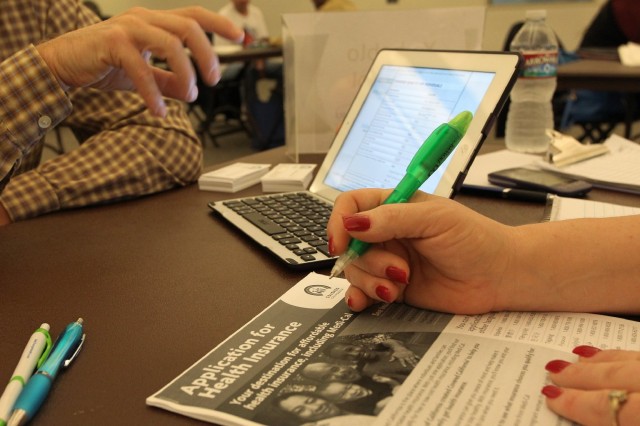
At the same time that California was releasing its latest enrollment numbers under Obamacare on Wednesday morning, advocates, experts and government officials at all levels gathered in Washington, D.C. to talk about … the Affordable Care Act in California.
Certainly, the rollout of Obamacare in the state has not been without its challenges and yet -- California has 12 percent of the nation's population and nearly 25 percent of all sign-ups nationwide. In addition to the more than 800,000 people currently enrolled in California, another 877,000 Californians are likely to be eligible for Medi-Cal. That's on top of another 652,000 people who transitioned to Medi-Cal from the Low Income Health Program (more on that in a minute). That's well over 2 million people total.
Diana Dooley, secretary of California's Health and Human Services Agency, wasn't about to gloat. "California is certainly not ready to put up a mission-accomplished banner," she noted. But there was a lot of respect for California -- and a desire to learn -- from those in the room at the briefing.
Low Income Health Program Was Key
While it's been quite underreported, the Low Income Health Program (LIHP) is one pillar of the ACA's success in California. Toby Douglas, director of California's Department of Health Care Services, said they "thought it was a stretch goal" to enroll 500,000 people in 2010 when the state began implementation of the program.